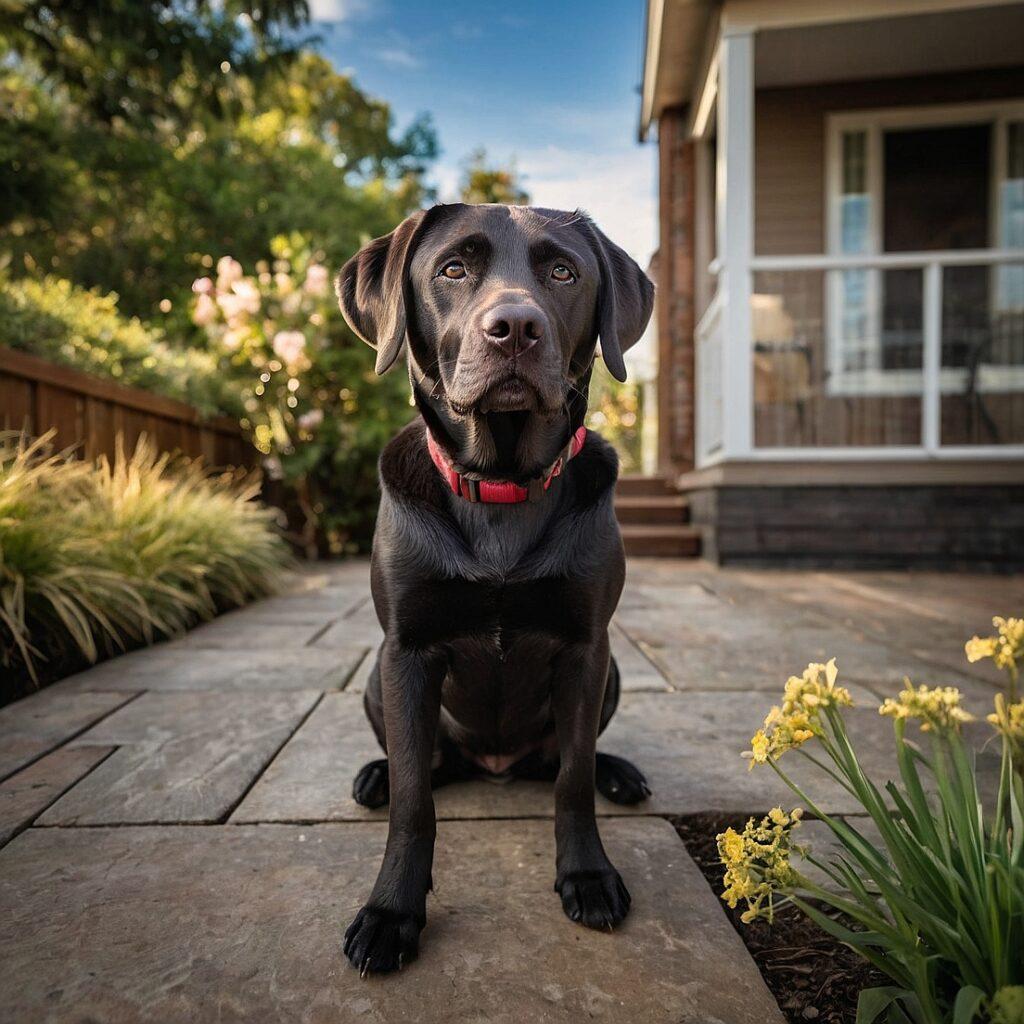In the world of dog training, where wagging tails meet eager hearts, trust serves as the invisible leash connecting humans and their canine companions. This bond, built on mutual respect and understanding, is the cornerstone of effective training. Imagine a journey where every command is met with confidence and every gesture is reciprocated with loyalty. This is the magic that trust brings to the training experience. By fostering a trusting relationship, you not only teach your dog new behaviors but also cultivate a lifelong partnership grounded in love and cooperation. In this article, we will explore why trust is not just an accessory but a necessity in dog training, and how it can transform both your pet’s learning process and your shared life together.
Building a Bond: The Foundation of Trust in Dog Training
In the intricate dance of dog training, trust serves as the bedrock upon which all successful training is built. Establishing a strong, trusting relationship with your dog is not just beneficial; it is essential. This bond fosters a safe environment where your furry companion feels secure and open to learning. Without trust, even the most effective training techniques can fall flat, as your dog may feel anxious or resistant. When your dog trusts you, they are more likely to respond positively to your cues, making the training process smoother and more enjoyable for both of you.
- Consistency: Being consistent in your commands and actions helps reinforce your dog’s confidence in you.
- Patience: Taking the time to understand your dog’s pace builds a connection that encourages trust.
- Positive Reinforcement: Rewarding good behavior with treats or praise strengthens the bond and motivates your dog.
- Empathy: Understanding your dog’s needs and emotions creates a deeper connection, making training a collaborative effort.
Building trust isn’t a one-time task but an ongoing process that requires commitment and understanding. By fostering this relationship, you’re not only paving the way for successful training sessions but also nurturing a lifelong partnership filled with mutual respect and love.
Understanding Canine Psychology: Why Trust Matters
In the intricate dance of dog training, trust is the foundation upon which all other elements are built. Without it, the relationship between you and your canine companion can become strained and ineffective. Dogs are intuitive creatures; they can sense your emotions and intentions, often mirroring them in their behavior. When a dog trusts its owner, it opens up a world of possibilities for learning and growth. Trust fosters a sense of security and stability, which encourages dogs to be more open to new experiences and commands.
Here are some key reasons why trust is indispensable in dog training:
- Consistency: Trust is established through consistent behavior and communication. Dogs thrive on routine and knowing what to expect from their environment.
- Positive Reinforcement: Reward-based training methods not only encourage desired behaviors but also strengthen the bond of trust between you and your dog.
- Reduced Anxiety: A trusting relationship helps alleviate anxiety and fear, making it easier for dogs to focus and learn.
Cultivating trust is not just about obedience; it’s about building a lasting partnership where your dog feels confident and eager to follow your lead.
Creating a Safe Space: Techniques to Foster Trust with Your Dog
Building a nurturing environment for your dog is essential in laying the foundation for trust. Dogs, much like humans, thrive in spaces where they feel secure and valued. To foster this trust, start by ensuring consistency in your actions and routines. Dogs appreciate knowing what to expect, and predictability can greatly reduce anxiety. Consistency doesn’t mean rigidity, but rather maintaining a stable environment where your dog can rely on your presence and behavior.
Engage in activities that strengthen your bond, such as daily walks or playtime, which not only offer physical exercise but also mental stimulation. Incorporate techniques like:
- Positive Reinforcement: Reward desired behaviors with treats, praise, or affection.
- Respectful Communication: Use a calm, gentle voice and body language to convey messages.
- Safe Exploration: Allow your dog to explore new environments at their own pace, ensuring they feel secure and unpressured.
Creating a space where your dog feels safe and understood encourages them to open up, paving the way for effective training and a lifelong companionship.
Practical Tips for Strengthening Trust in Everyday Training Sessions
Building trust during training sessions involves consistent and compassionate interactions. Start by establishing a routine, as dogs thrive on predictability. Consistency in commands and rewards helps your dog understand expectations and builds confidence in the training process. Remember to always use positive reinforcement; a simple treat or affectionate praise can make a significant difference in how your dog perceives each session.
- Communicate Clearly: Use the same words for commands and maintain a calm tone.
- Set Realistic Goals: Break tasks into smaller steps and celebrate small victories.
- Be Patient: Understand that learning takes time and avoid showing frustration.
- Engage in Play: Incorporate playtime to strengthen your bond and make training enjoyable.
By focusing on these aspects, you nurture a relationship based on mutual respect and understanding, making training a rewarding experience for both you and your dog.

